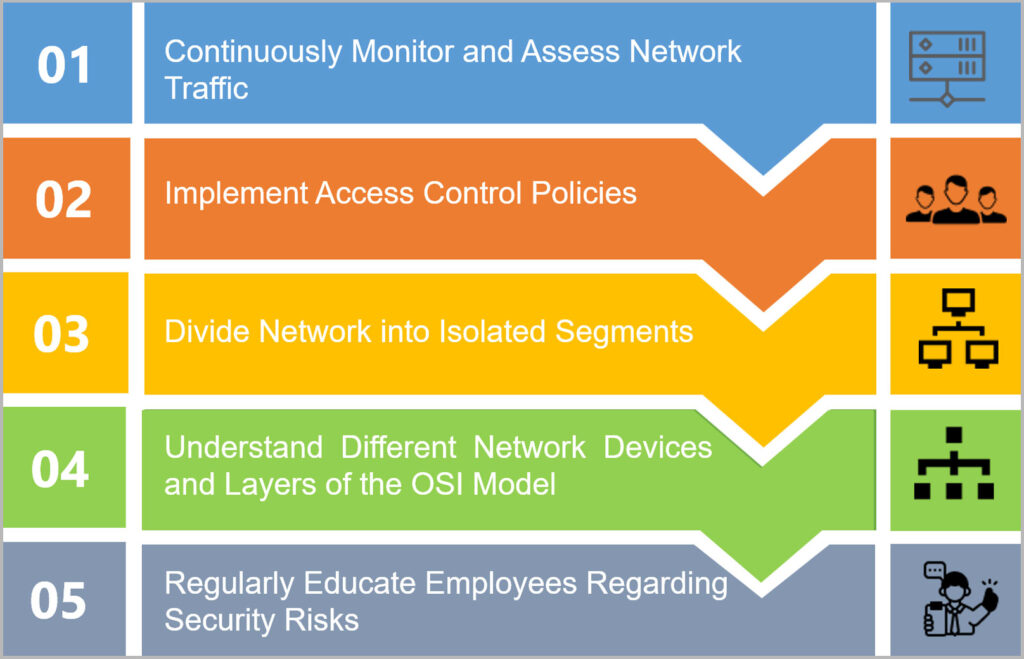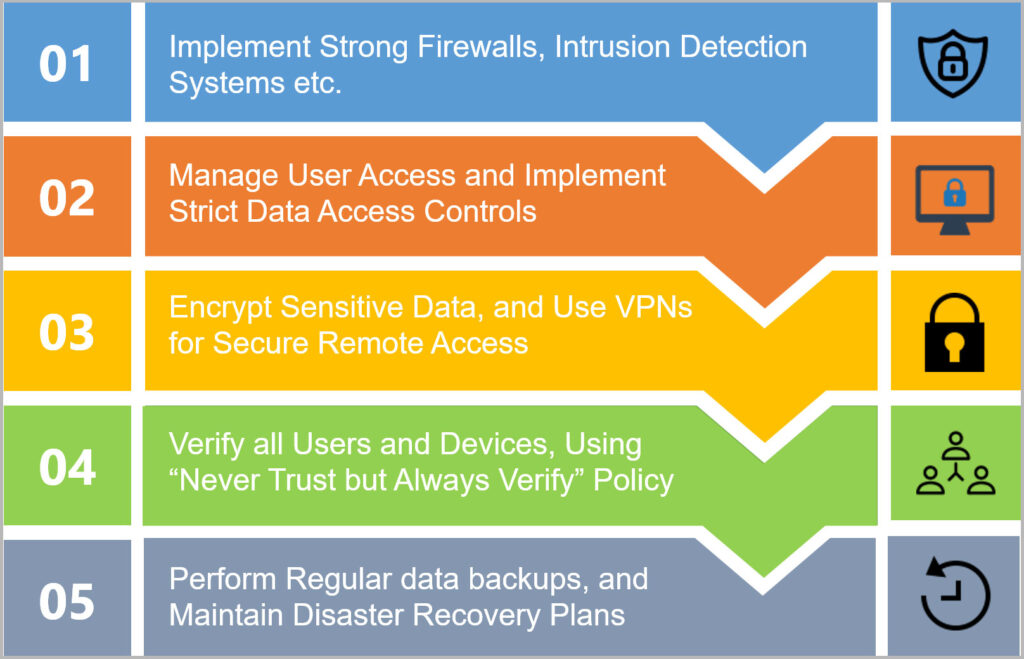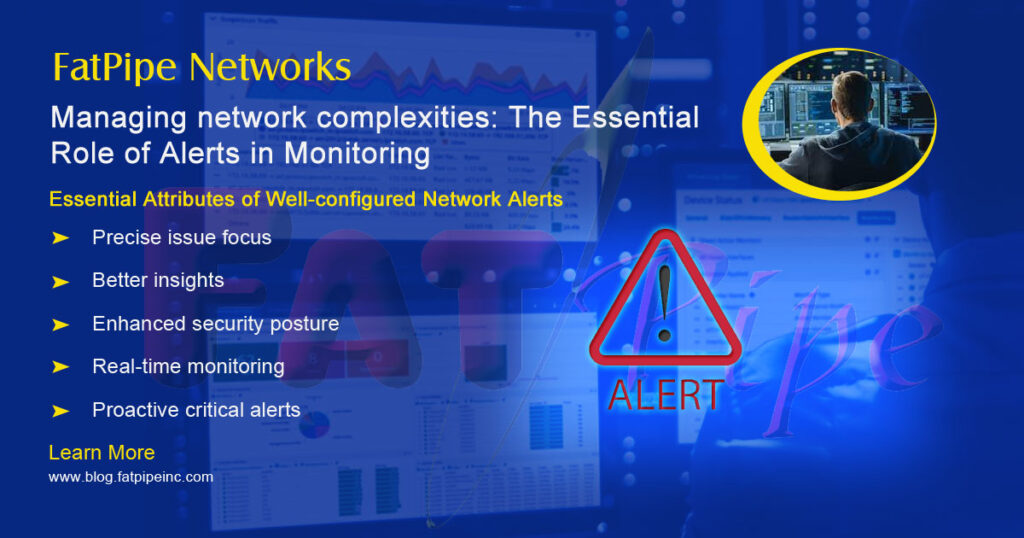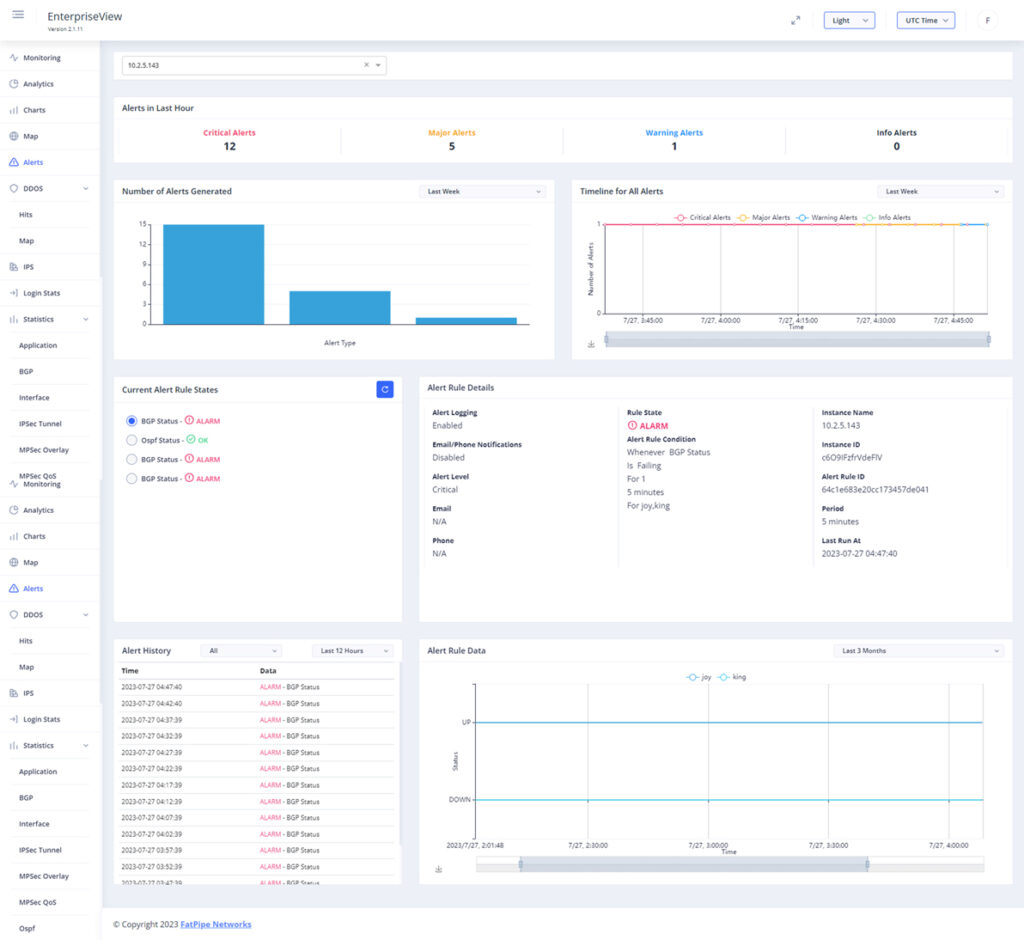Secure SD-WAN: Essential Element of Modern Network Security
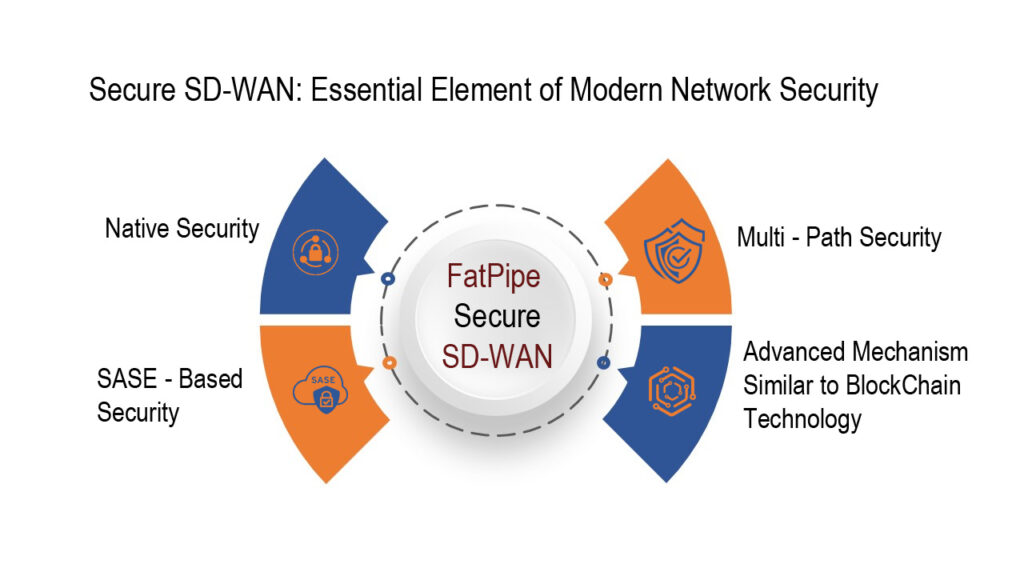 SD-WAN is one of the most widely adopted technologies in the last decade due to its efficiency in optimizing application delivery and cost-efficiency. Network security has become an indispensable element of modern networks. Organizations must thoroughly evaluate their cybersecurity needs. They must assess the efficiency of SD-WAN’s security features to protect sensitive data, proactively identify vulnerabilities, and maintain the resilience of their SD-WAN infrastructure.
SD-WAN is one of the most widely adopted technologies in the last decade due to its efficiency in optimizing application delivery and cost-efficiency. Network security has become an indispensable element of modern networks. Organizations must thoroughly evaluate their cybersecurity needs. They must assess the efficiency of SD-WAN’s security features to protect sensitive data, proactively identify vulnerabilities, and maintain the resilience of their SD-WAN infrastructure.
SD-WAN for Better Return on Investments and Enhanced Security
SD-WAN enables organizations to transform their network with better Return on Investments by optimizing network performance and enhancing overall productivity. While SD-WAN has many power-packed features for better ROI, one of multiple organizations’ extensively used SD-WAN features during this network transformation journey is migrating from MPLS technology to Internet technology for Edge connectivity. This migration requires the technological capability of seamless aggregation of any connectivity and robust security functionalities in SD-WAN technology to prevent the Edge from cyber-attacks.
Securing an SD-WAN deployment from end to end is vital to safeguard sensitive data and ensure the reliability of network operations. To achieve this, organizations can utilize several security measures, including encrypted traffic, Next-Generation Firewalls (NGFW), Zero Trust Network Access (ZTNA), and blockchain-type data transmission:
- SD-WAN encrypts traffic to make sure that sensitive data is not compromised.
- SD-WAN utilizes NGFWs that offer advanced threat security, intrusion detection and prevention, web filtering, content filtering, etc.
- Zero Trust Network Access (ZTNA) enhances security when used alongside SD-WAN by providing secure, monitored, and enforced access to remote resources, safeguarding against unauthorized access and threats. Only authorized users and devices have the permission to access the network.
- SD-WAN provides unmatched security with innovative concepts like Blockchain type of data transmission thereby offering foolproof mechanisms of data packet transmission.
FatPipe Networks, the inventor and numerous patents holder of SD-WAN, not only provides technically superior load balancing, link reliability, link aggregation techniques but also impregnable native security and SASE-based security for any organization’s SD-WAN requirements. FatPipe has invented a unique way of securely transmitting data over lines with multi-path security also known as MPSEC TM, which provides an additional level of fortification for business-critical traffic throughout a client’s enterprise architecture. FatPipe products, besides providing increased security also obfuscates internet traffic, making it almost impossible to decrypt, through a mechanism similar to Blockchain technology.
Please Like and Share
